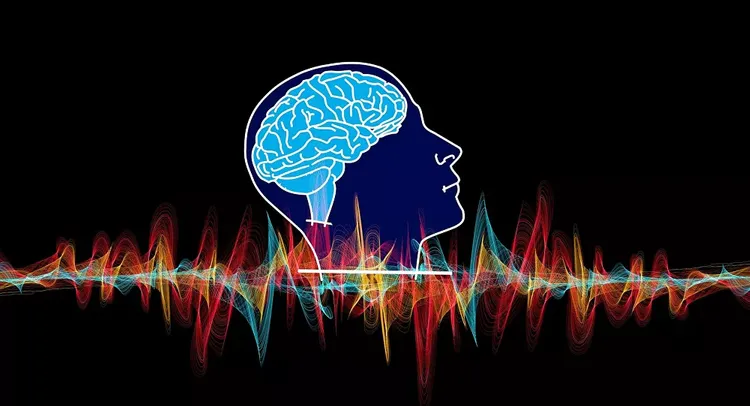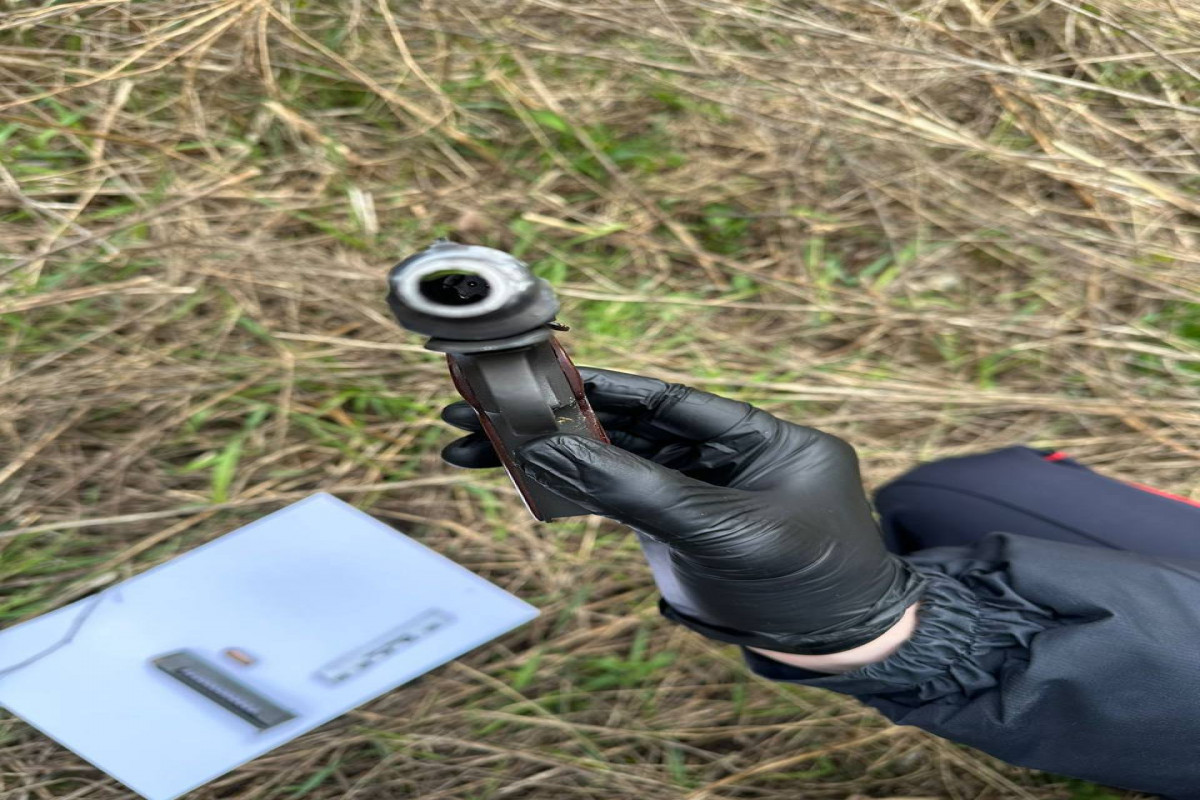Scientists at the Moscow State University of Psychology and Education (MSUPE) have studied the neurophysiologic mechanisms of vision, explaining one of the well-known paradoxes of visual perception, APA reports citing Sputnik.
According to the researchers, the obtained results are useful for studying such neuropsychiatric disorders as schizophrenia and epilepsy.
The results of the study were published in Neuroimage, a peer-reviewed scientific journal.
According to the MSUPE scientists, at every single moment of time, a person deals with a huge amount of visual information. The brain processes only part of it, which is sufficient for perception of a general picture.
This optimisation allows for efficient orientation in the environment but has its own “price”. For example, to better determine the direction of motion in the visual centre, the brain "inhibits" perception on its periphery.
Sometimes it leads to a paradoxical effect: it can be difficult to determine the direction of movement of an object that occupies most of the visual field, especially if the speed of such an object is high. This feature of perception was described long ago but its mechanism remained a mystery.
Using the method of magnetoencephalography (MEG), MSUPE researchers found that increasing the speed of large objects activates groups of neurons, which inhibit the activity of the primary visual cortex areas that determine the direction of motion.
“Surprisingly, the ability to determine direction improves in certain disorders. It is assumed that this “improvement” is associated with the weakening of inhibitory-based neural responses. Gamma oscillations (rapid fluctuations of electromagnetic activity of the brain) recorded by MEG allow to judge about the balance of inhibitory and excitatory impulses, helping to identify its abnormalities in a particular person”, MEG-centre leading researcher at MSUPE Elena Orekhova explained.
Gamma oscillations induced by visual stimuli are the most informative, as experts explained. According to MSUPE scientists, they were the first in the world to determine what properties of gamma waves reflect the effectiveness of neural inhibition processes.
According to the authors, the results describe not only the work of a healthy brain but are also useful for understanding the mechanisms of several neuropsychiatric disorders (schizophrenia, autism, epilepsy).
MEG is the only technology that allows you to record gamma waves in a non-contact and with a high level of reliability. Globally, there are approximately 200 MEG units. The only one working in Russia is located at the Moscow State University of Psychology and Education.







